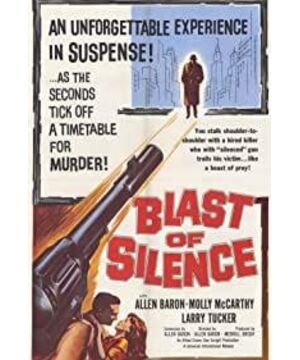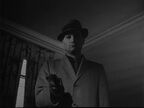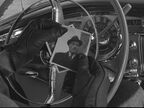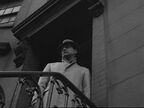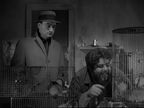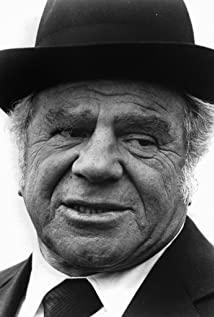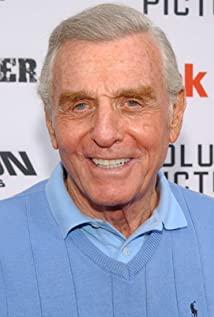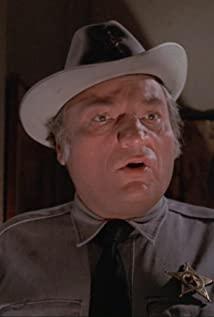Very Noir
There is no doubt that Outbreak in Silence is a film noir with many of the characteristics that define film noir: a lonely and cynical killer, a badass beauty (in a way) and a pessimistic and hopeless ending. Even its cost is quite telling: it's just a cartoonist's debut, no stars, no publicity, and it's not surprising that a typical B-movie looks like garbage. It's cheap, direct, untouched and contrived, and doesn't even require any acting skills.
However, today, when "Burst in Silence" attracts people's attention again, it is enough to be called a most outstanding film noir. It must be inscribed in the hall of film noir classics, but because of it The exceptionality inherent in it is excluded. The time alone is quite telling. "Breakout in Silence", filmed in 1961, has long exceeded the life cycle of classic noir films as summarized by historians. It is generally considered that Wells' "Touch of Evil" in 1958 is the last masterpiece of the classic noir film. In terms of its own style, the noir film developed from the early 1930s to that time, and has grown from The "unconscious" state has developed to a state in which the paradigm model is basically fixed. Some directors famous for shooting noir films, such as Wells, Houston and Aldridge, have been enshrined in the halls, "The Maltese Falcon", "Death Kiss" Such films have gradually become an alternative symbol of Hollywood film art. In the era when the life of film noir is exhausted, film noir has gradually learned to reproduce and imitate itself: the standard features such as first-person narrative and German expressionism have become the standard features of shooting a film noir. A trick that has to be used. This, of course, has been accompanied by the gradual demise of the shameless aesthetic of the film's inception.
Born on the day when the classic film noir died, "Burst in Silence" looks like a film noir that is unaware of the tradition of film noir, with all its vitality, that shameless directness, casualness and The endless creativity that accompanies it can not help but remind people of the original film noir. Anyone with a keen sense of the image will immediately recognize the film's explosive power from its very first shot: a vacant darkness with a restless flash of whiteness in the middle, accompanied by The narrative voice that comes from the dark, self-hateful and malicious to the audience is a pure image abstraction, and we have no way of knowing what it is and what kind of story it is going to tell. Waiting until that moment, the flashing white gradually became bigger, engulfing all the darkness, the sound of the train hitting the rails drowned out the narrative sound, the abstraction finally transformed into the concrete, and the final station the train reached was Penn Station in New York: The place that has appeared the most in noir films for more than 20 years, the most "black" place on the huge territory of the United States, where too many murders have occurred, and too many fateful lovers must be separated again, Penn Station, a The dark story begins to be told again.
Challenging black traditions
Because there is not enough cost at all, "Breakout in Silence" can't afford a star at all. Director Alan Barron decided that he is the best person to play the killer of the film, and the film's producer is also the photographer; Not to mention building an expensive interior studio. As a result, the film looks like a full-fledged amateur independent filmmaker.
But let's see how Aaron Barron solves all of these problems: since I'm not an actor and can't afford other actors, well, I'll stop acting and make the characters numb puppets , and also make other people become characters who can't really see clearly; there is no money to build a studio, and there is not much sufficient time to compose the picture, well, let's use New York, a city that is already completely black. Please don't forget that film noir was born to solve some problems that cannot be solved financially.
What about the result? When characters don't try to act, they instead become Robert Bresson's "models," almost a reworking of Bresson's film theory in American film noir. The expressionless, dumb characters, the advance narrative in the second person makes all the suspense of the story disappear (yes! A noir film told in the second person!), the uncontrolled, almost crazy narrative voice and the calm, There is a strong contrast between the minimalist performances. What's more, when Barron goes to detail to show the killer's process of installing and trying out the pistol, we are bound to smile: it reminds us of Bresson's "The Thief", but also reminds us of St. "Taxi Driver" by Cosyth.
Of course, what is more worth mentioning is the style of the film. While everyone defines the visual style of film noir as an American transplant of German Expressionism, "Burst in Silence" shows that it is nothing but a contrived invention. Even if this were the case, by the end of the fifties, expressionism had been reduced to nothing new: it allowed filmmakers to simply externalize the psychology of their characters, and this fixed practice was A lack of thought. In contrast, "Burst in Silence" shows that film noir has a more direct stylistic source than Expressionism, namely the street photography style of the 1940s and 1950s, and the photography genre known as the "New York School". They appear frequently in tabloid newspapers on visual themes about New York—crowds in the subway, nighttime crowds in Times Square, dirty boxing gyms, street vendors, in the shadows the skyscrapers, the buildings of the cheap ballroom, the interior of the Penn train station at dawn, and more. None of this was an expressionist style made in-house at the studio, but it was what came to be defined as "noir".
View more about Blast of Silence reviews


